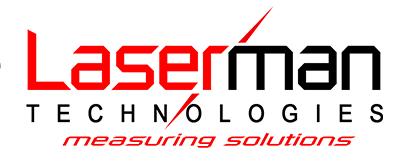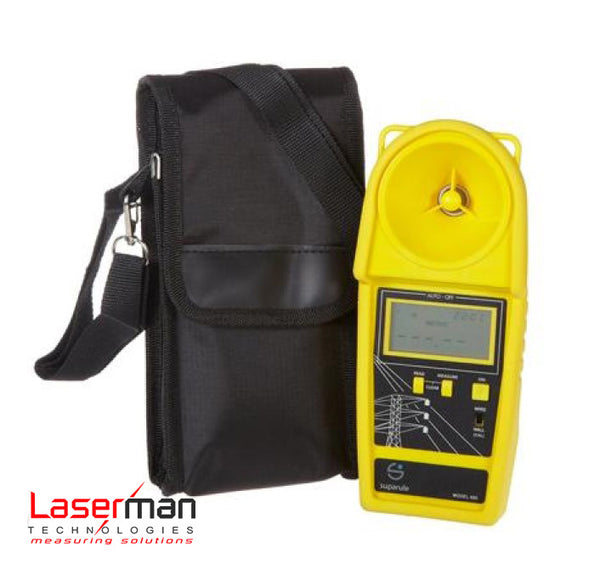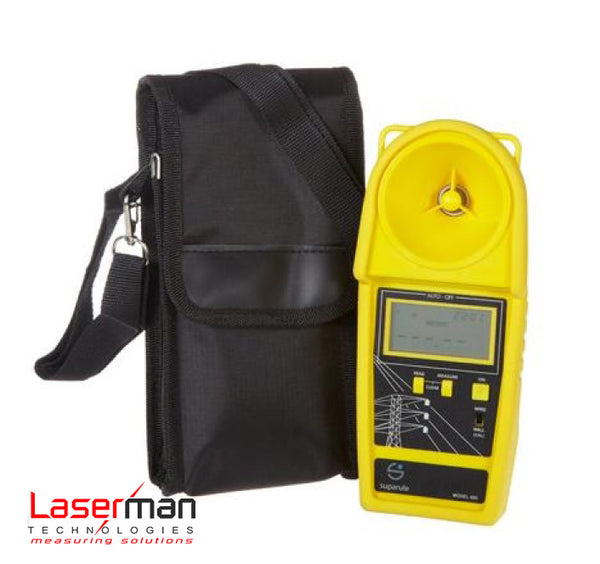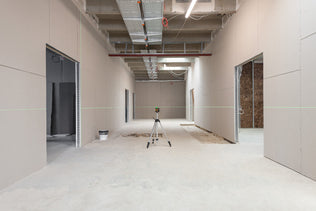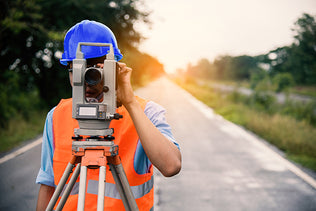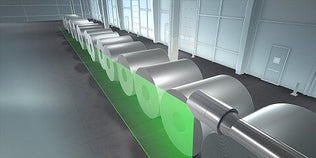Laser Level Receivers - Choosing the right Receiver for you, and your Laser.
Laser levels are used in many different applications, including construction, carpentry, plumbing, agriculture, earth moving and electrical work. They're also useful for measuring distances, angles, and heights. This article will teach you how to choose a receiver, which will work with your laser level effectively.
The Best Receiver for me
There are several different types of laser level receivers available today.
Some receivers will be specifically designed to only work with Rotating or Multi-Line Lasers - as well as red or green beam. There are a few models which can do red & green, but not many can do both types of lasers. So you need to check the receiver you are looking at, and make sure it will be compatible with your laser.

The Onyx Omni 60 is the laser level receiver if you can't make up your mind! It works with both red and green beam lasers... and both line and rotating lasers. It also has readings down to 0.5mm and multiple accuracy settings. Made in Germany and exclusive to Laserman.
Receivers differ in their size, specifications & pick up area. If you are working outdoors and require your receiver to work over long distances, we recommend a receiver with a long pick up window. Most basic laser receivers have around a 50mm vertical window for detecting the beam coming from the laser. But higher end receivers like the
Spectra HL450 or
750, the
Leica Rod Eye 160, or the geo-FENNEL FR 75/77 have a 100mm+ window for detecting the beam, and also have a millimetre read out.
Types of Laser Level Receivers

There are several different types of laser level receivers, but the main ones are:
A Standard Laser Detector, which will use LED lights, sound or arrows to indicate how far up or down you need to move your receiver to be in line with your laser beam. These receivers tend to be under $300 and they will have different specifications, depending on the price, model and brand. The
geo-FENNEL FR 45 for example, is a standard receiver which works with RED, ROTATING lasers, and has a dual display, (which is a display on the front & back of the receiver, to allow you to see the screen from both sides), shut-off tone and built in magnetic strips and vial. They have a 3-step accuracy: ± 10 mm, ± 4 mm, ± 2 mm.
You also have Millimetre receivers, which feature a digital readout and provide a numerical display of how far up or down the beam is off the level. These receivers tend to be between $400 and $770 and are used when high accuracy is required. An example of a high quality MM receiver, with numerous features is the Spectra HL450, which has an IP Rating of 67, and has been drop tested up to 1.5m, and has a large reception window. Its working range is up to 200m. This receiver will only work with RED ROTATING Lasers. An alternative Millimetre receiver which can work with both line and rotary lasers, is the
PLS XLD+ which is a universal detector, for a great price of $369. This receiver has a working range of 200m for a Rotary Laser, and 75m for a Line Laser.
Another example of a
Laser Receiver, would be a
Machine Control Receiver. These receivers are different, as instead of mounting them by a clamp to a measuring staff, you would typically mount them to the boom or mast of an excavator or machine.
Unless you are using a
Spectra CR700 or the
geo-FENNEL FMR 600, which you can mount using your clamp & staff, or directly on to your machine.
For more information on these, please follow the link for our guide to Machine Control.
Most popular Laser level Receivers
There are few key models, which
Laserman are proud to feature & compare...
For Multi-line Lasers:
For Rotary Laser:



